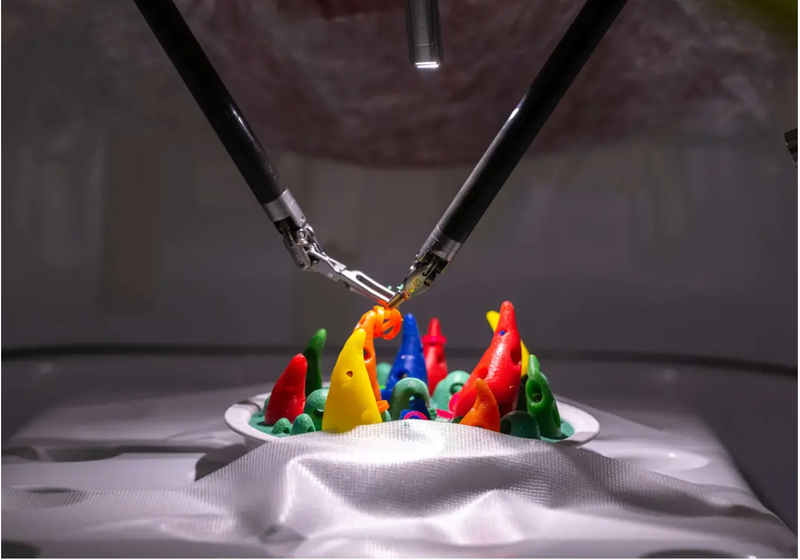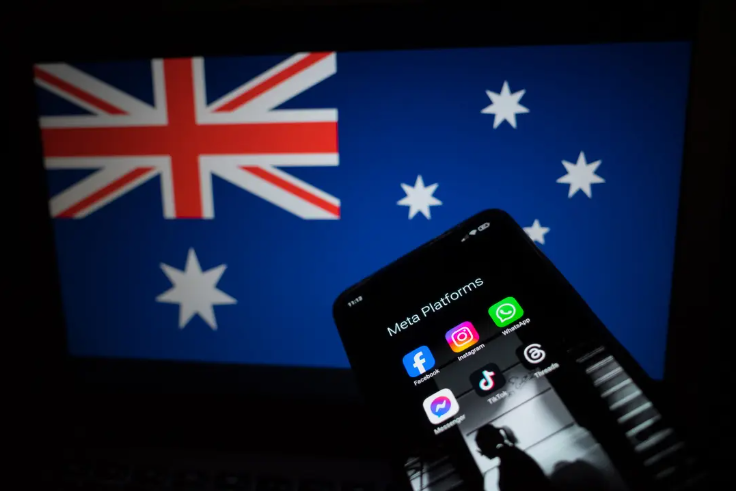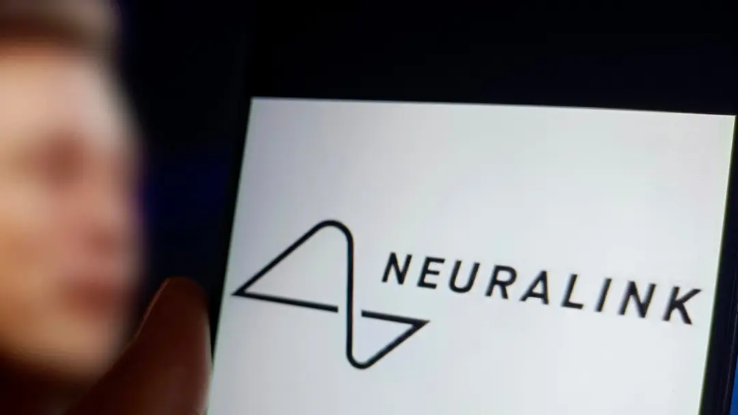AI Used to Decode Ancient Roman Scroll
Three tech students have built an artificial intelligence (AI) model to virtually decipher a 2K-year-old ancient scroll thought to have been owned by Julius Caesar's father-in-law before it was burnt during the Mount Vesuvius volcanic eruption in 79AD. The discovery was part of the University of ...
Facts
- Three tech students have built an artificial intelligence (AI) model to virtually decipher a 2K-year-old ancient scroll thought to have been owned by Julius Caesar's father-in-law before it was burnt during the Mount Vesuvius volcanic eruption in 79AD. The discovery was part of the University of Kentucky Professor Brent Seale's 'Vesuvius Challenge,' which offered a $1M prize to anyone who could figure out how to decipher the carbonized text.1
- Among other cities, Mount Vesuvius' eruption destroyed the city of Herculaneum — home to the Villa of the Papyri library, which housed over 1.8K papyrus scrolls. While the heat and carbon from the eruption did preserve the scrolls, years of decay left them illegible. The students' AI model, however, was able to distinguish between papyrus and ink as well as translate faint lettering.2
- The scrolls were first discovered in the 18th century, but the carbonized material left them so fragile that they would crumble when touched by researchers. After Seales was able to virtually unwrap it, the students, working '20-something hours a day,' used an algorithm to automatically unravel CT (computed tomography) scanned images and translate more than 2K Greek letters.3
- The 2K letters so far translated, which account for only 5% of the text, are believed to have been written by the philosopher Philodemus. In them, he discusses food, music, and the sources of pleasure.1
- Professor Seales and a team of researchers in 2002 had created an X-ray-like computer program to see inside unopened documents, using it to read unopened Hebrew books. However, when he visited France to observe the Herculaneum scrolls in 2009, he found he couldn't analyze the charcoal documents the same way he had for ones made with metal.4
- The goal of the researchers this year is to read the rest of the scroll and begin the process of analyzing other artifacts already excavated. The new AI technology could possibly see through the papyrus wrapped around Egyptian mummies, discovering items such as tax receipts, property deeds, and laundry lists.3
Sources: 1BBC News, 2The Weather Channel, 3Guardian and 4Washington Post.
Narratives
- Narrative A, as provided by medium.com. Following centuries of failed efforts to physically unravel these texts, followed by decades of technological advancements that could only partially unseal artifacts, new AI technology has revolutionized the field of archaeology. As these algorithms continue to unlock previously unopenable documents, researchers will be able to study philosophers and their yet-unknown influence on phenomena ranging from religion to the Classics.
- Narrative B, as provided by New York Times. While AI has been used to uncover groundbreaking historical discoveries, it can also be used to falsify the past, from newspapers to letters to government records. Long before the invention of AI, regimes like the Soviet Union and Nazi Germany rewrote the past to shape the future — now imagine what could be done with AI. Companies at the forefront of this technology need to work fast to mark all historical records and make them AI-proof before they can be altered.







